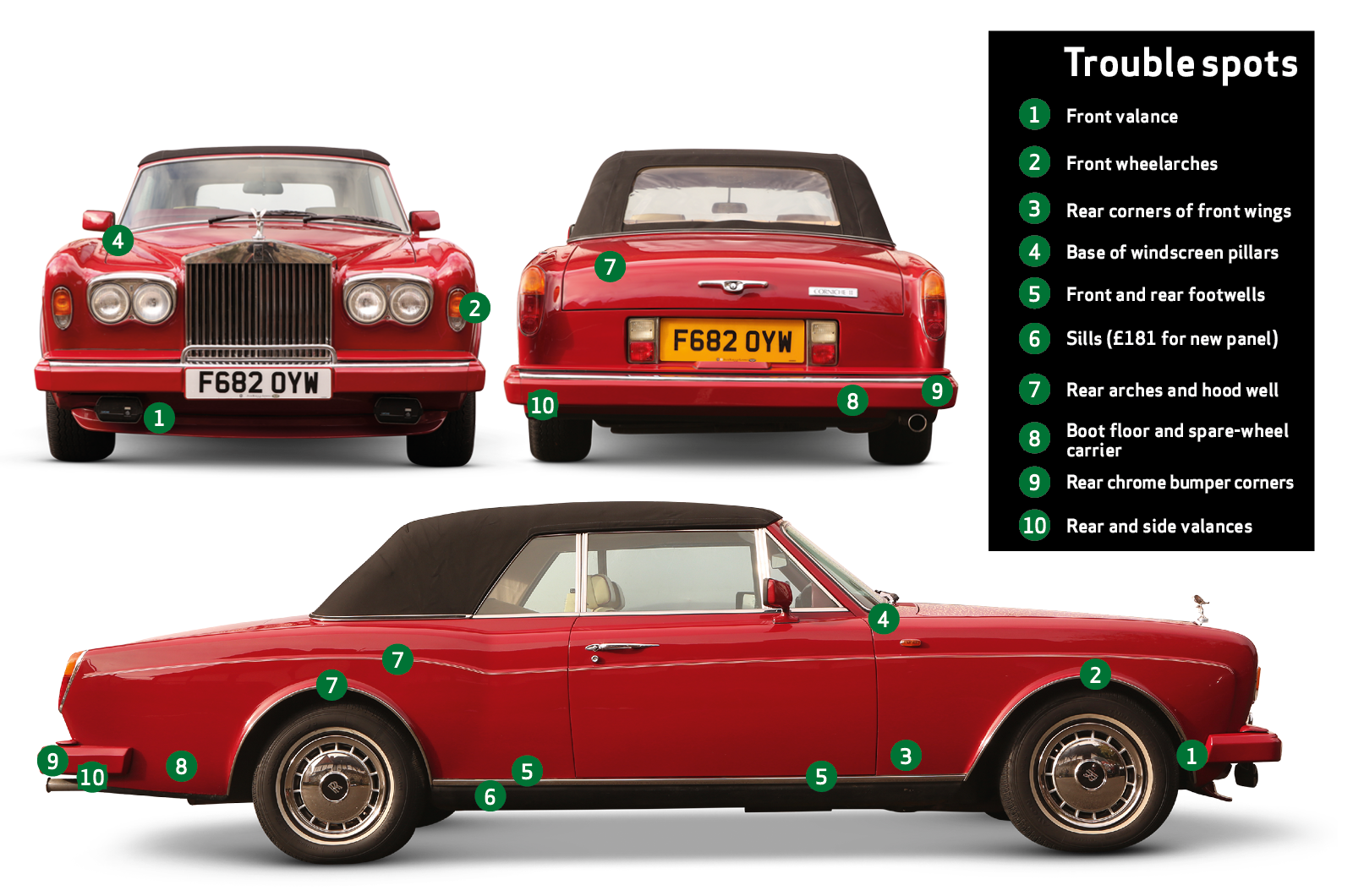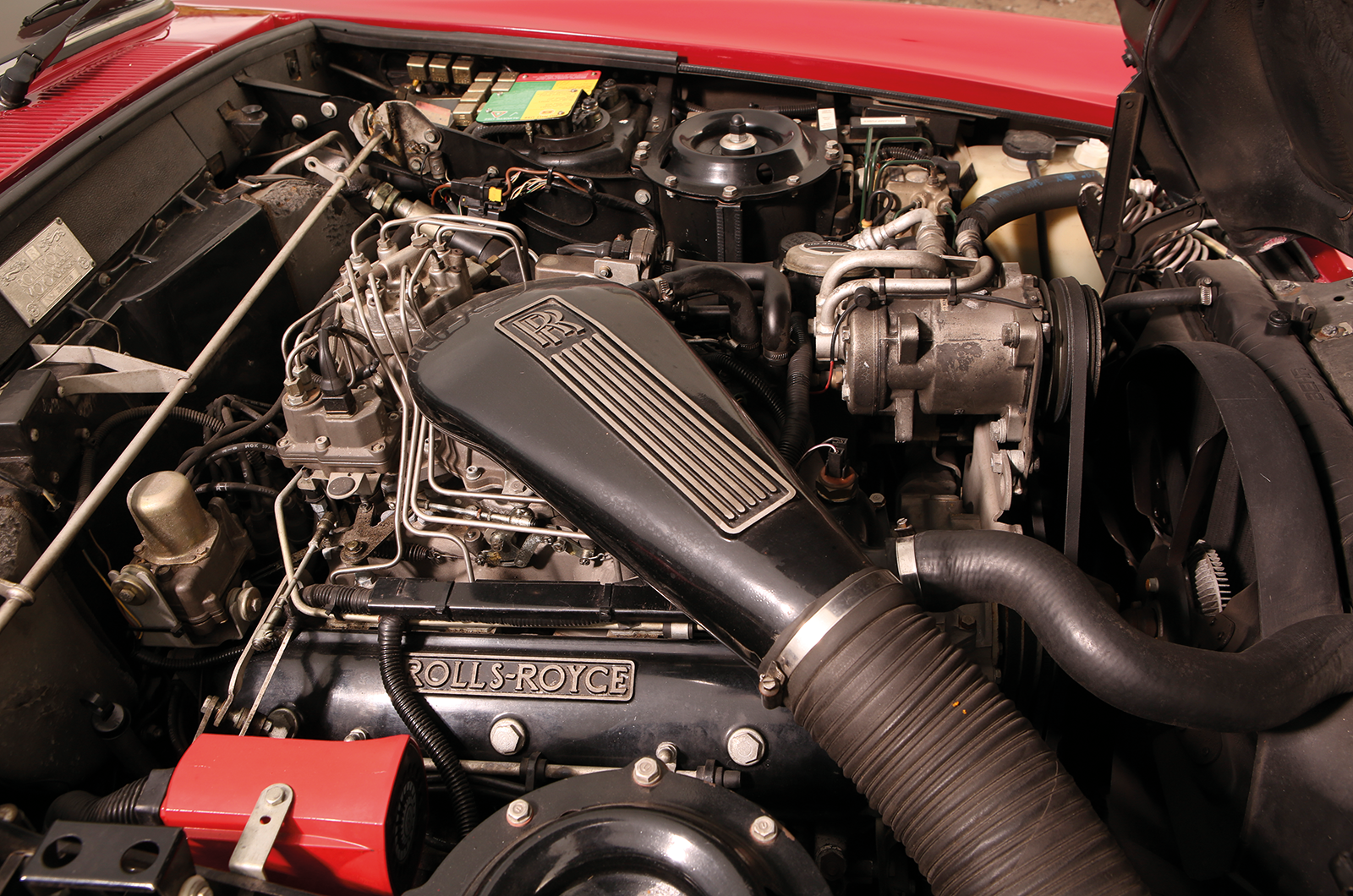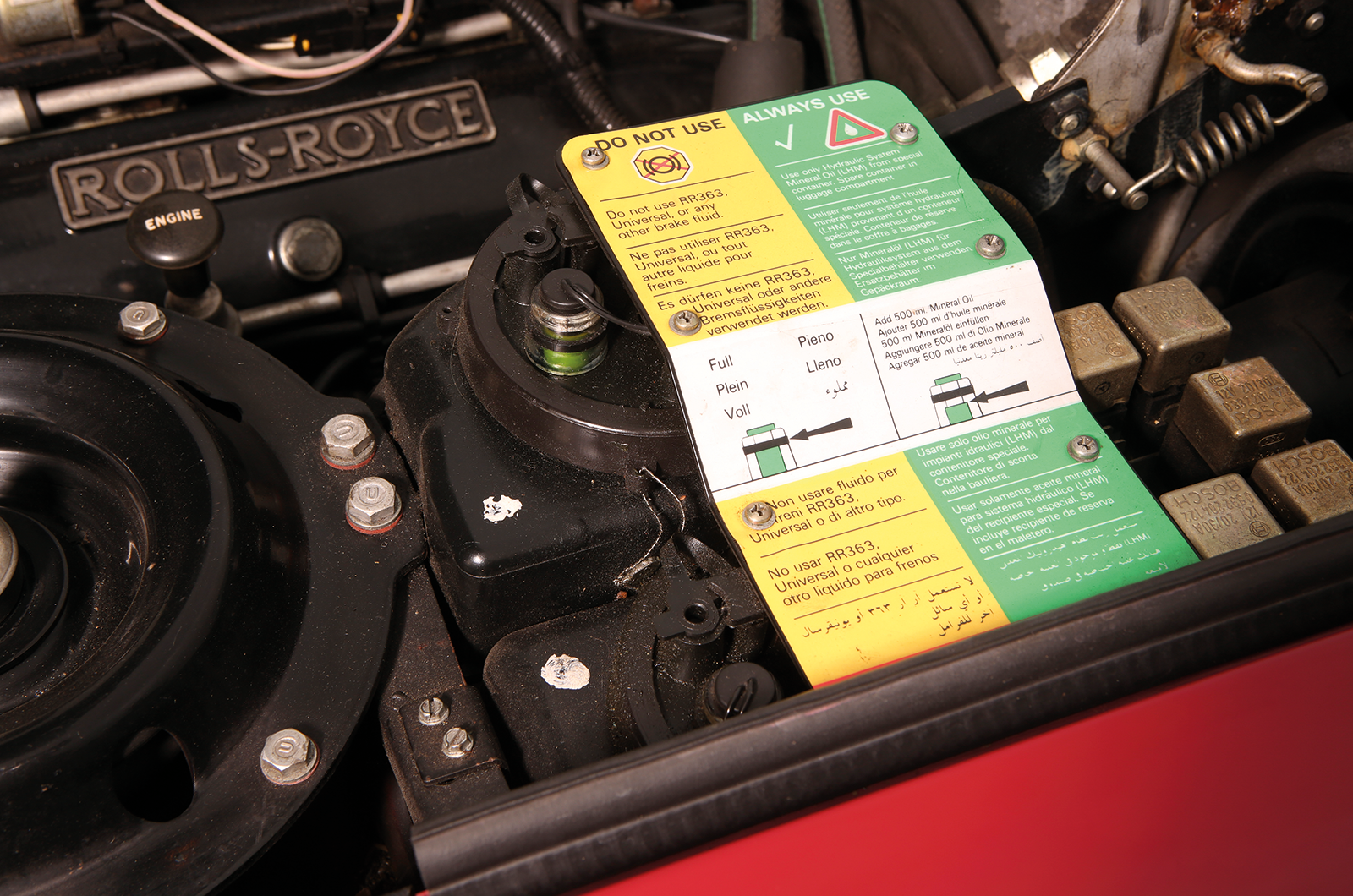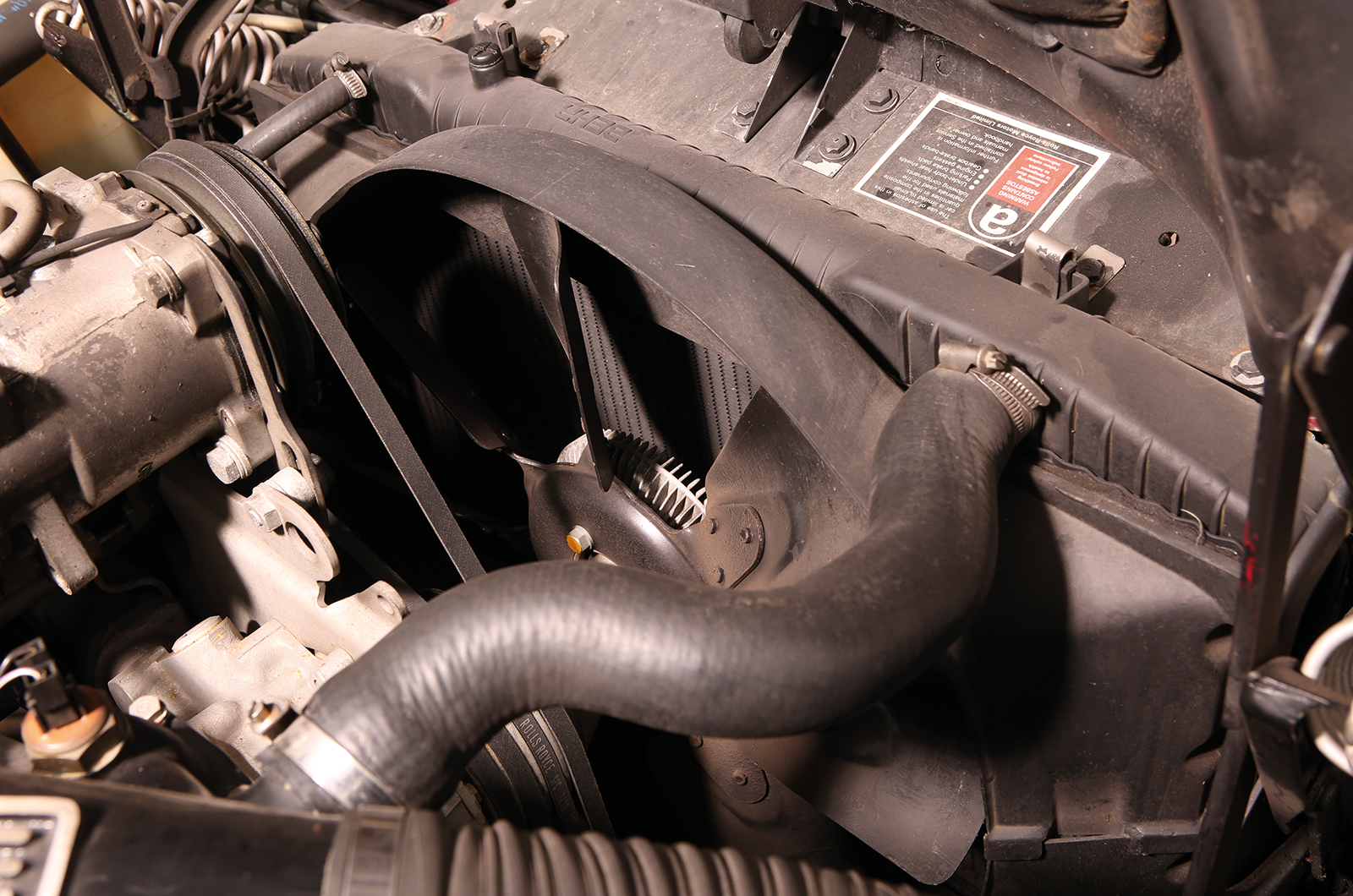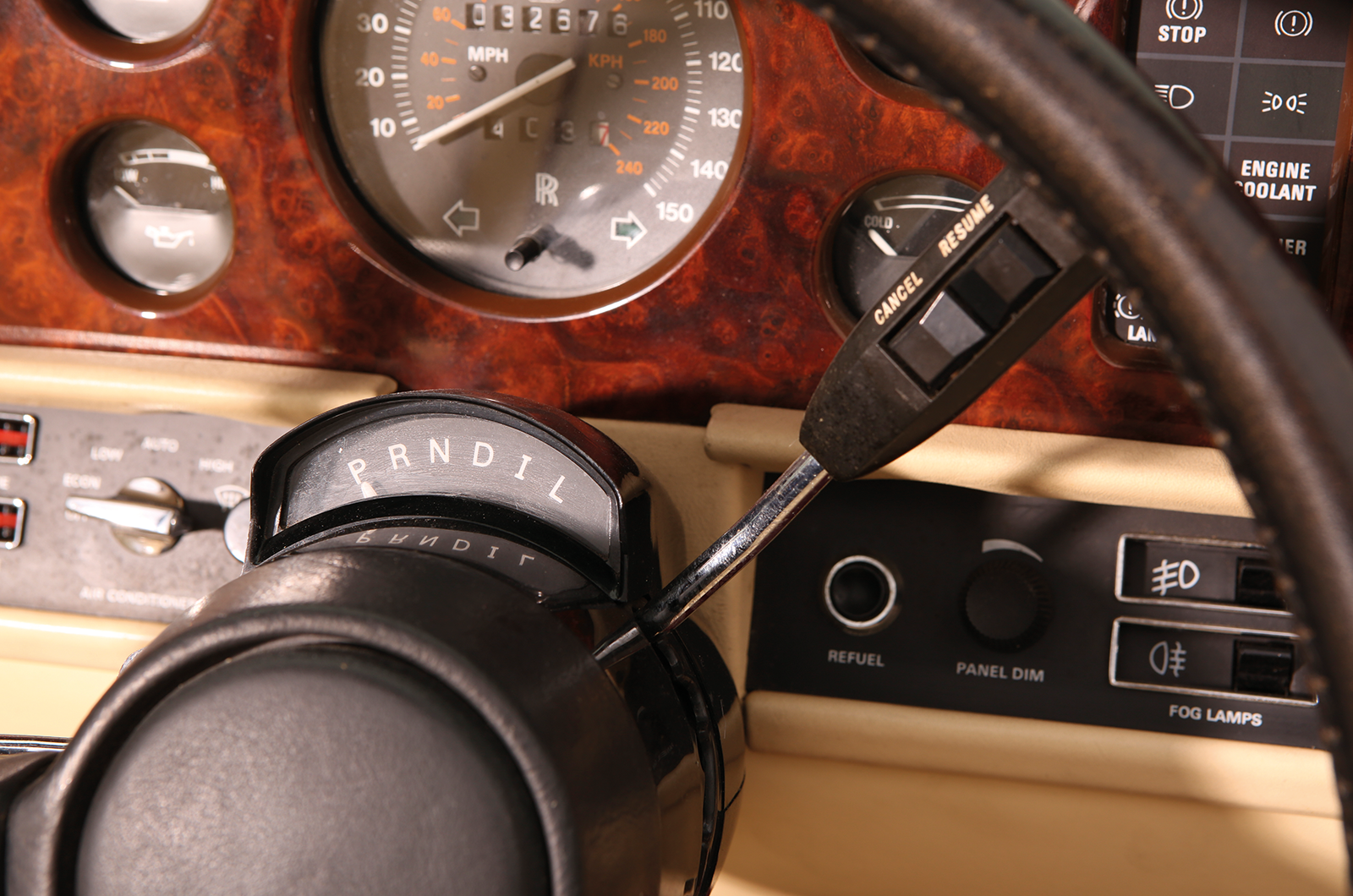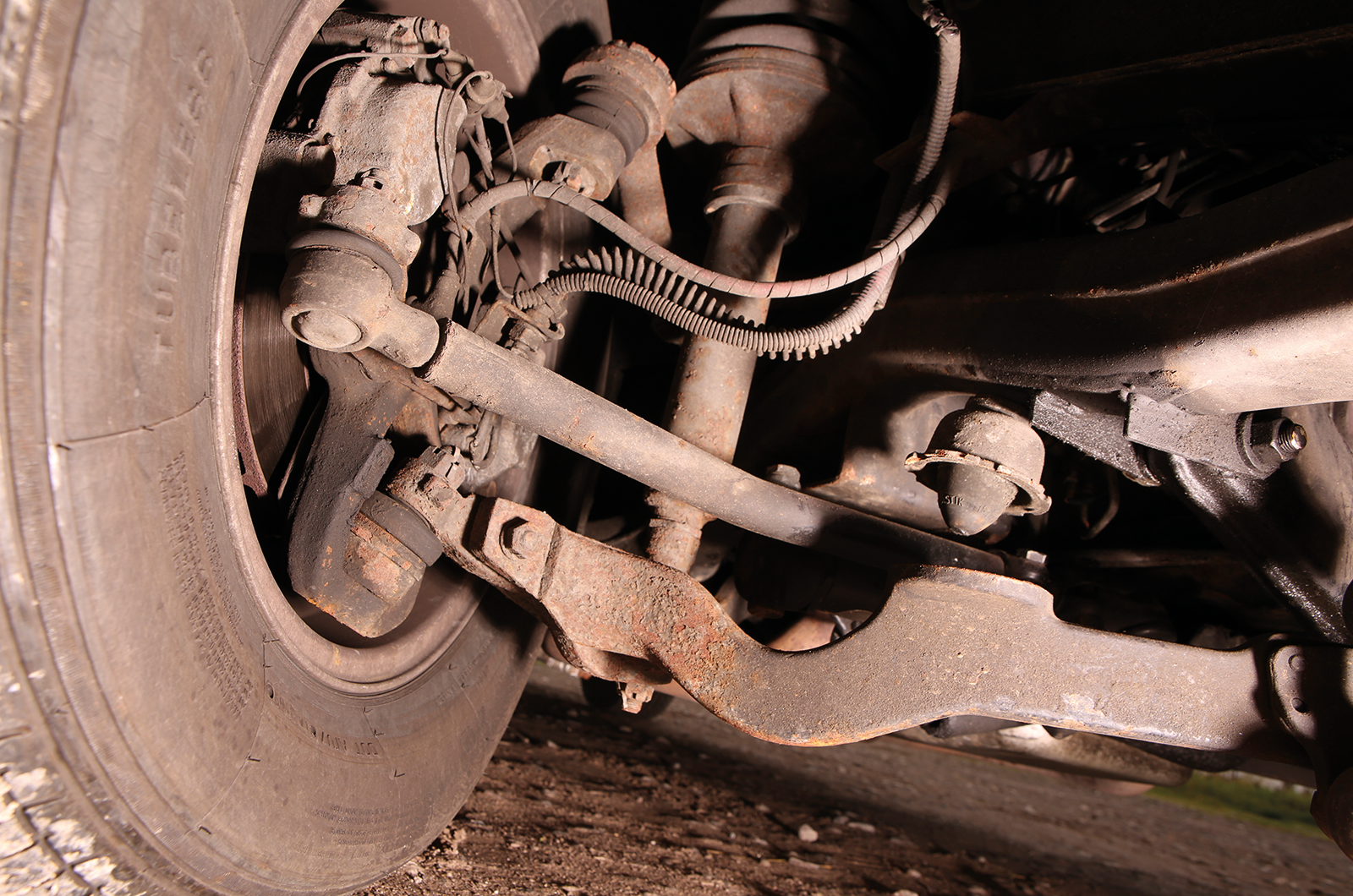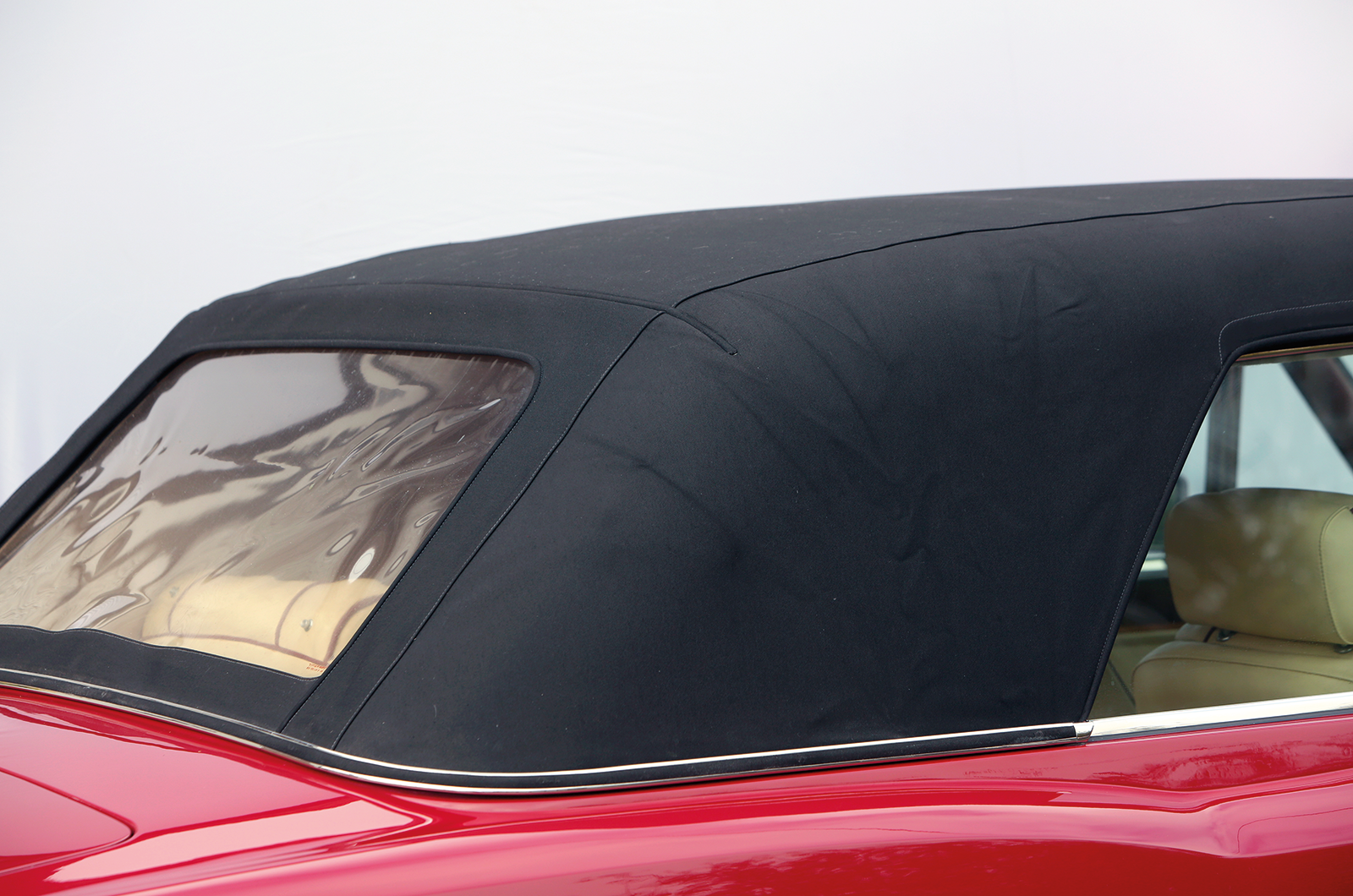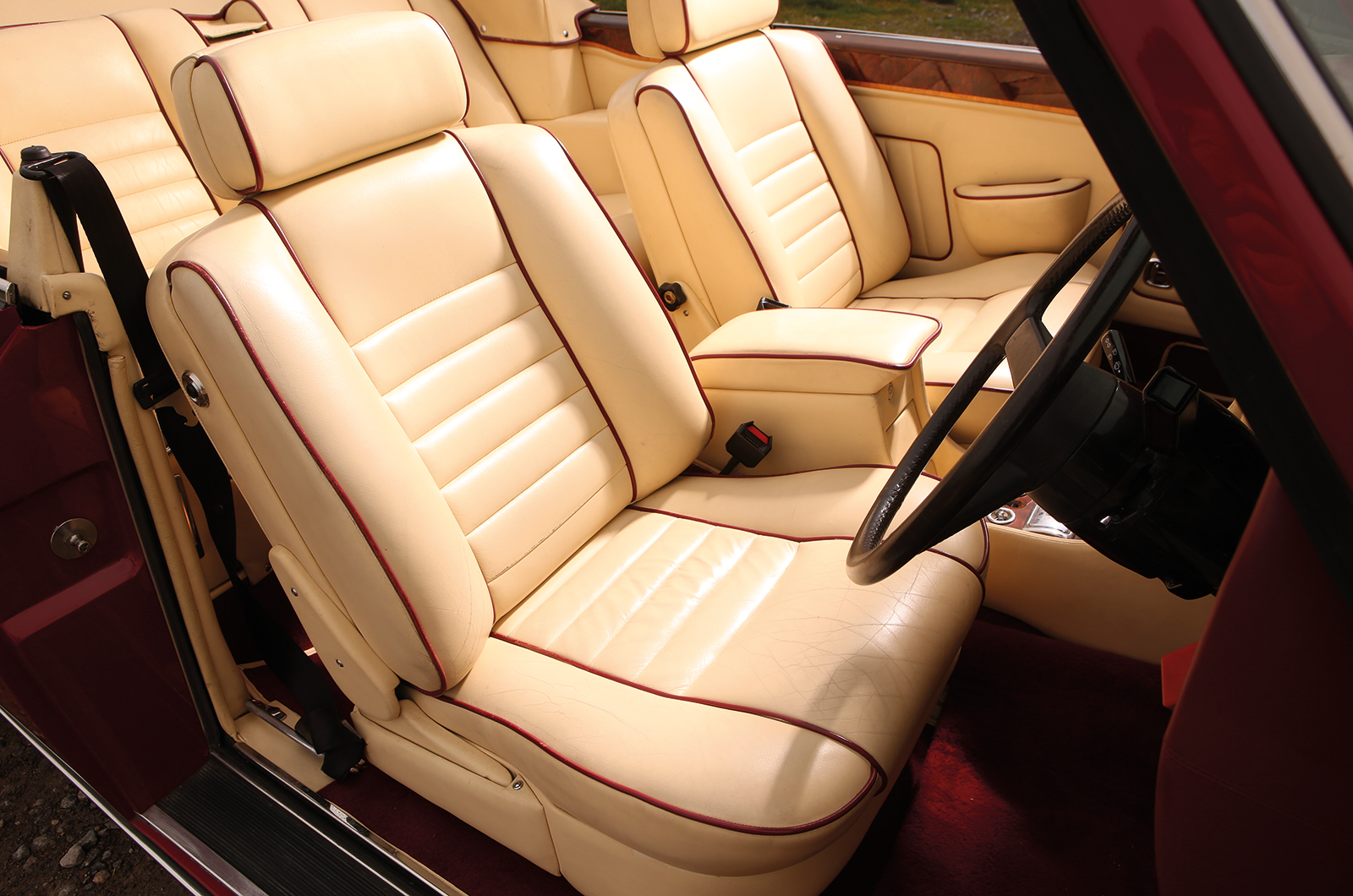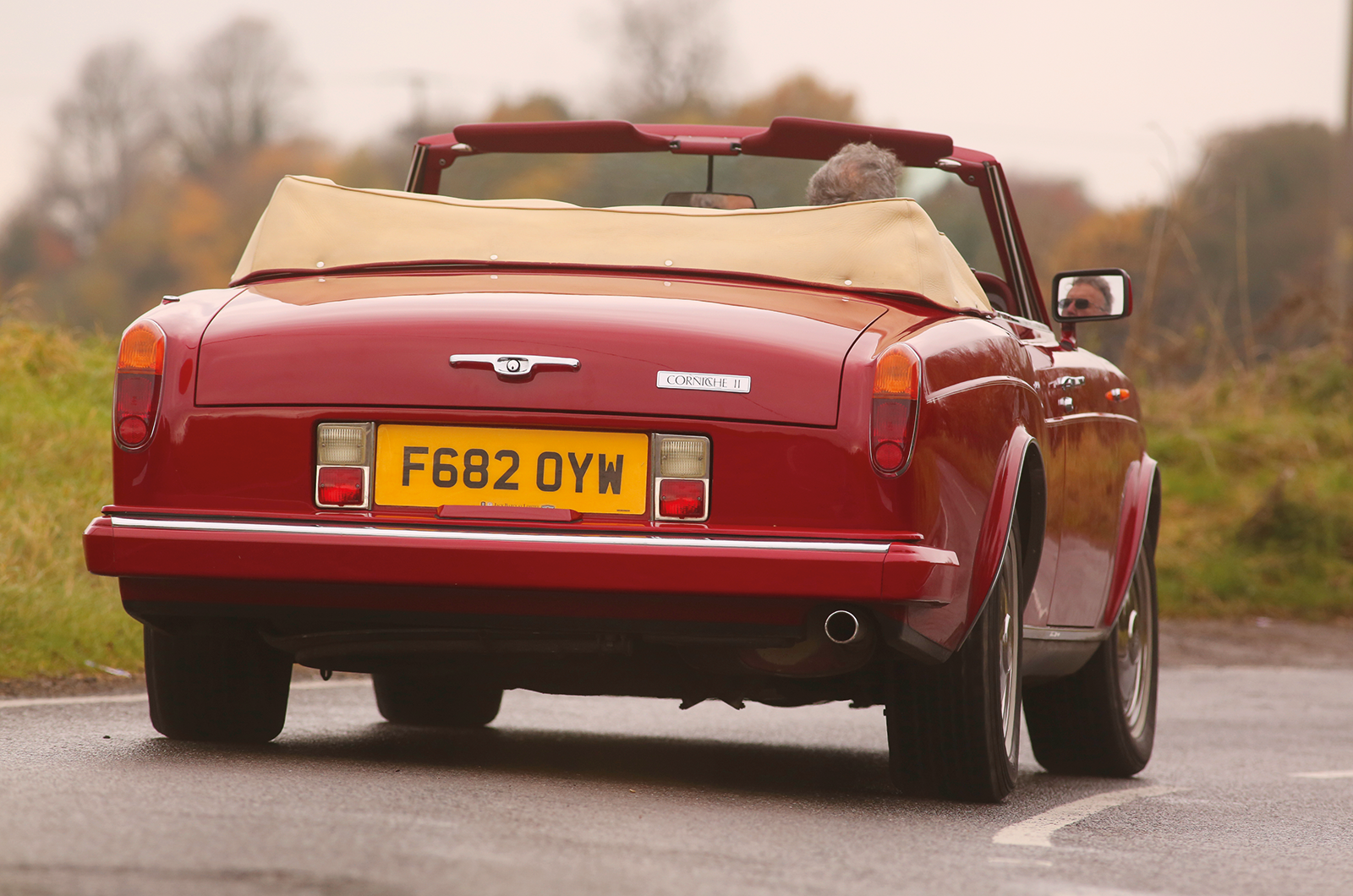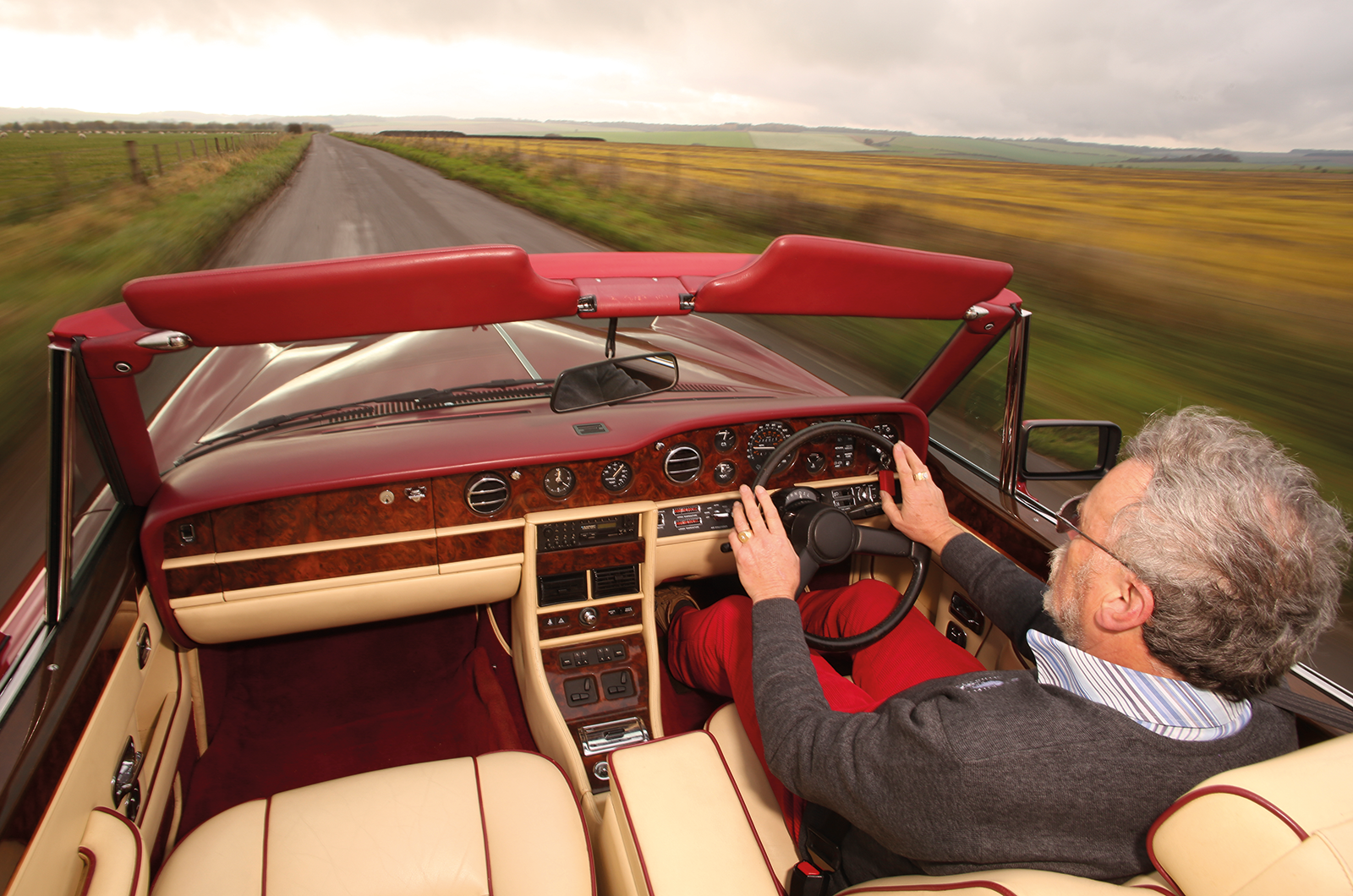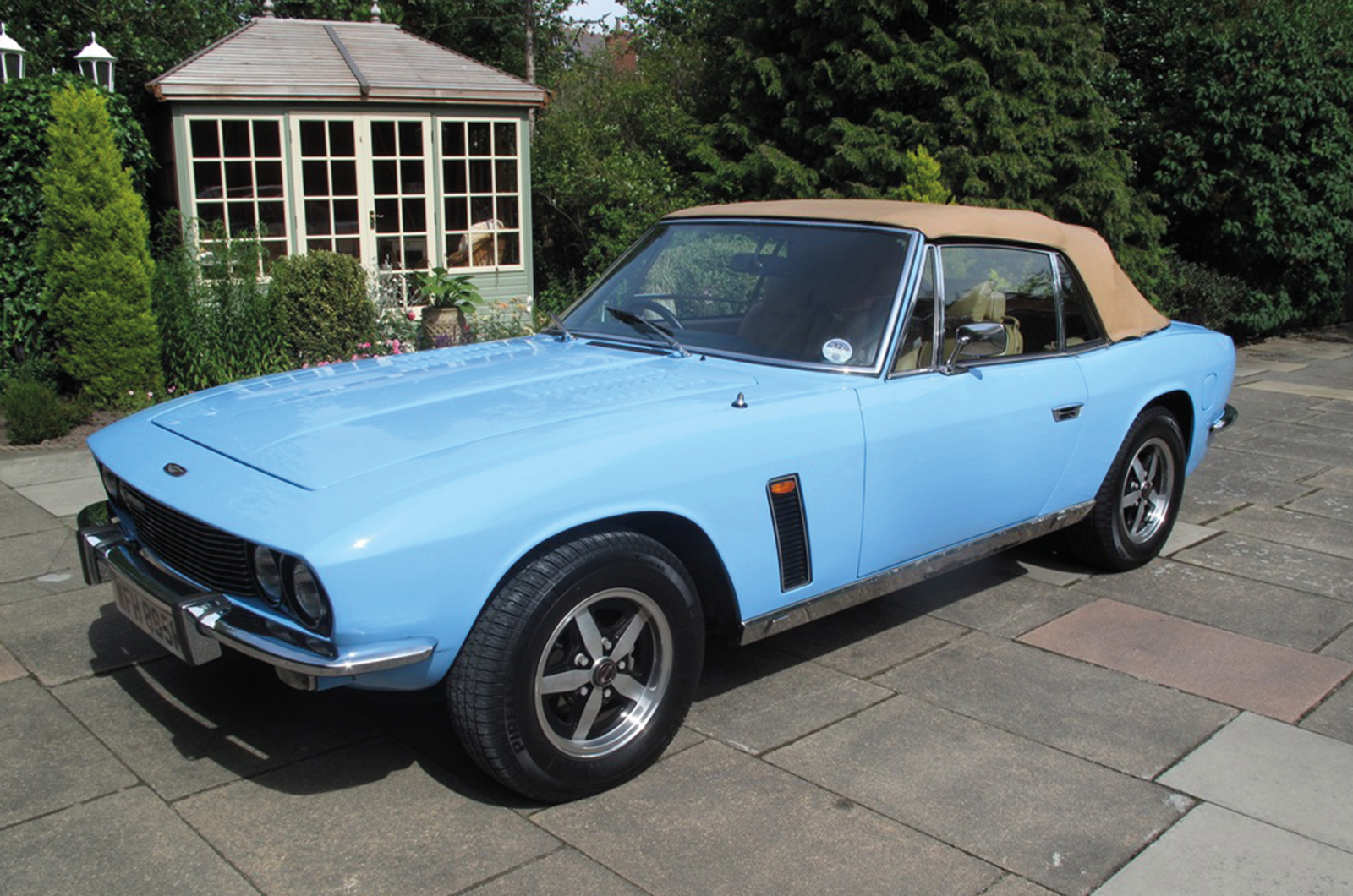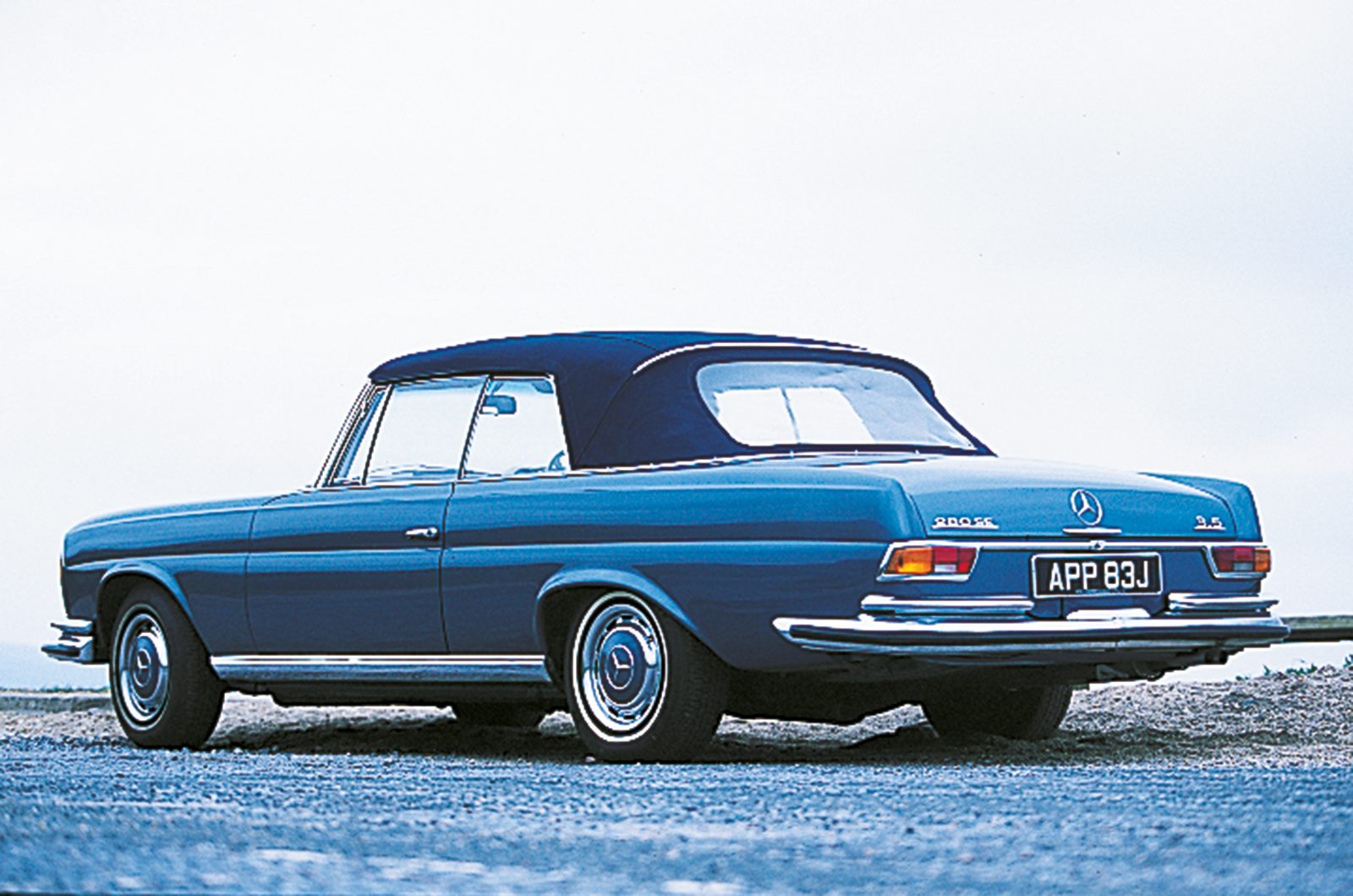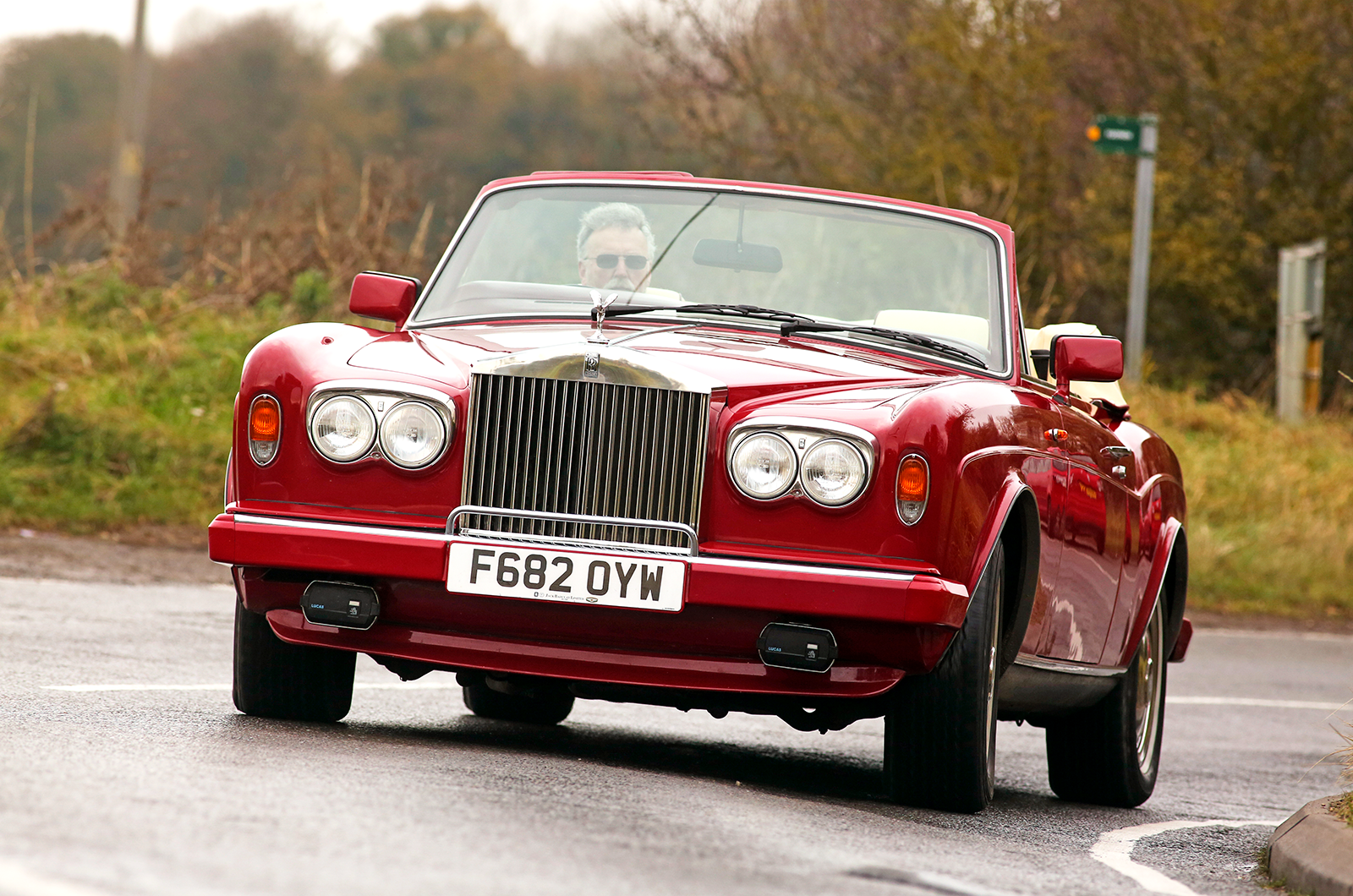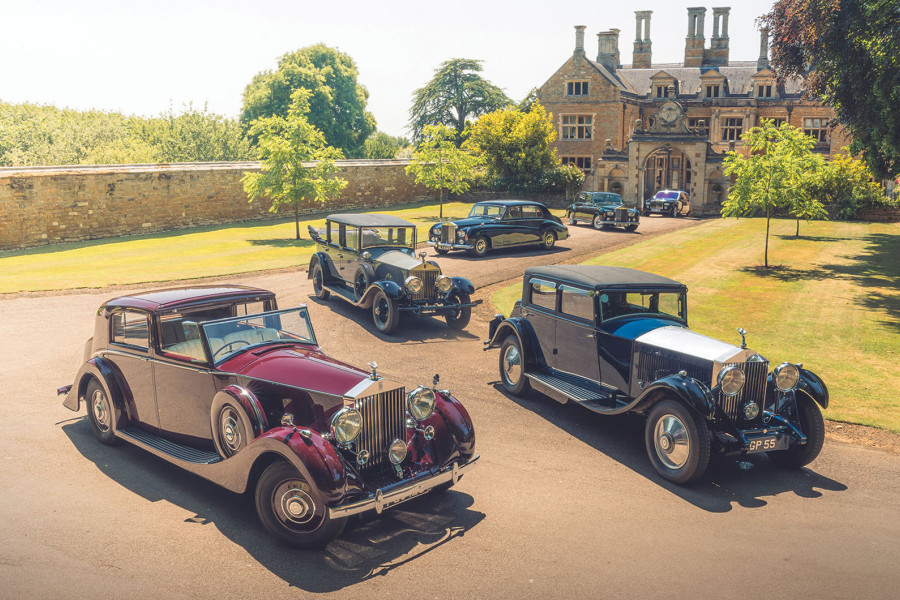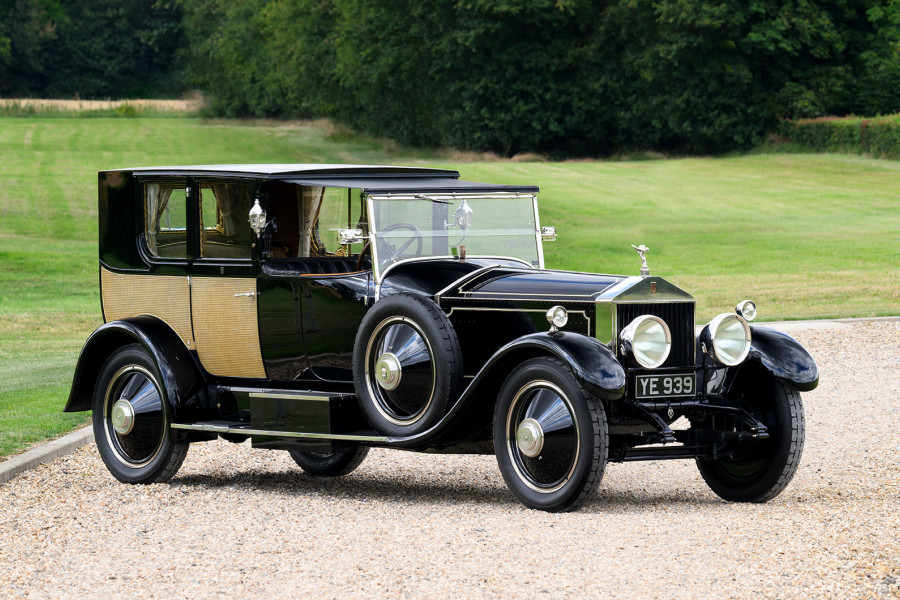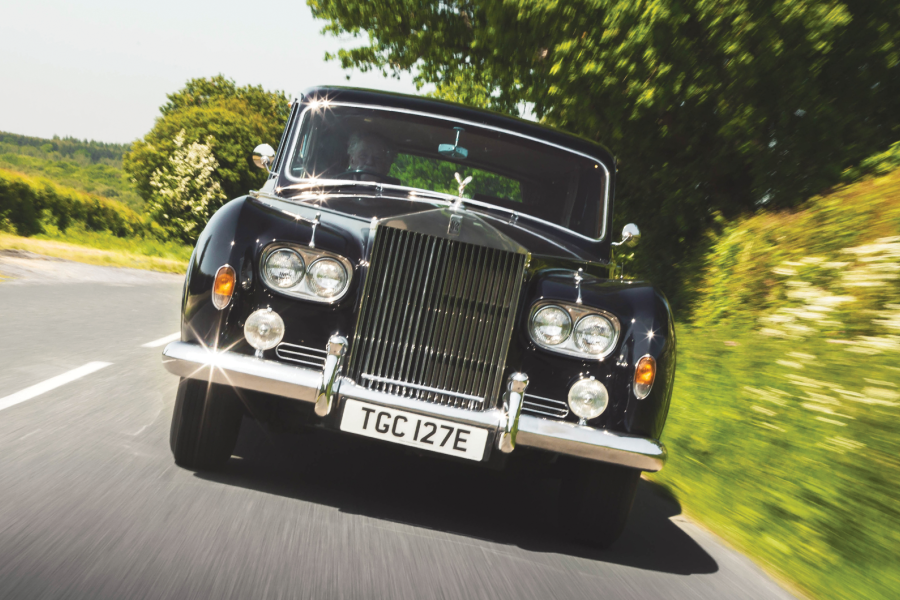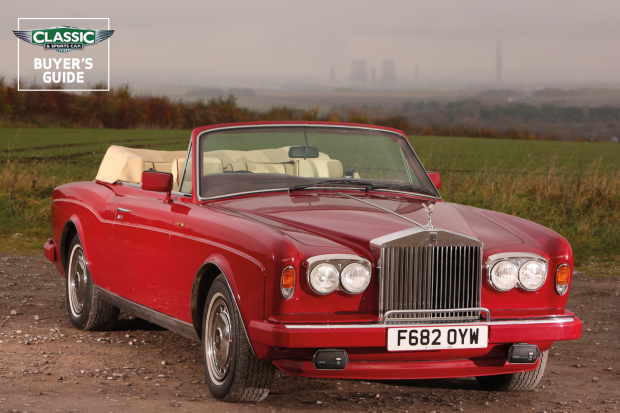
Why you’d want a Rolls-Royce Corniche
When Rolls-Royce finally embraced monocoque construction for the Silver Shadow in ’65, coachbuilders shuddered: only the expensive Phantom chassis remained for them to practice their art. Few had the resources to engineer structural bodyshells, and to do so would add vastly to the cost of the standard product.
Mulliner Park Ward had long been a Rolls-Royce subsidiary, so it was no surprise that when a two-door Shadow came along in 1966, it was from that source, as was the convertible in 1967. MPW continued to build the Corniche bodies to the end, though final assembly was transferred to R-R’s coachbuilt division at Crewe in 1991.
James Young, owned since the 1930s by Rolls-Royce London dealer Jack Barclay, made just 50 two-door Shadows in 1966-’67 (35 R-R, 15 Bentley). The JY car lacks the kick in the waistline of the MPW and has a more upright rear window; perhaps it’s just familiarity, but the MPW style looks ‘right’, whereas the JY looks awkward.
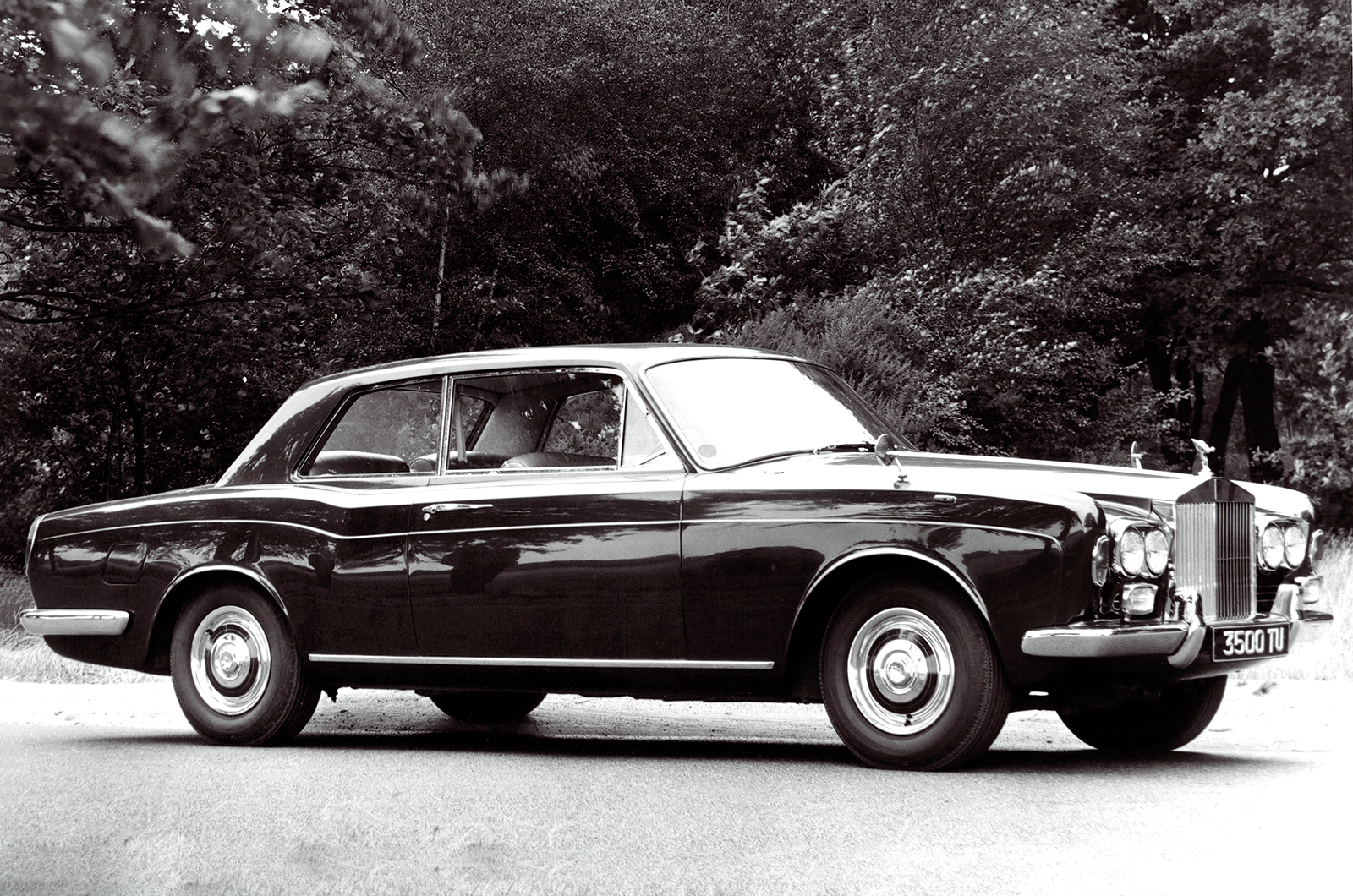
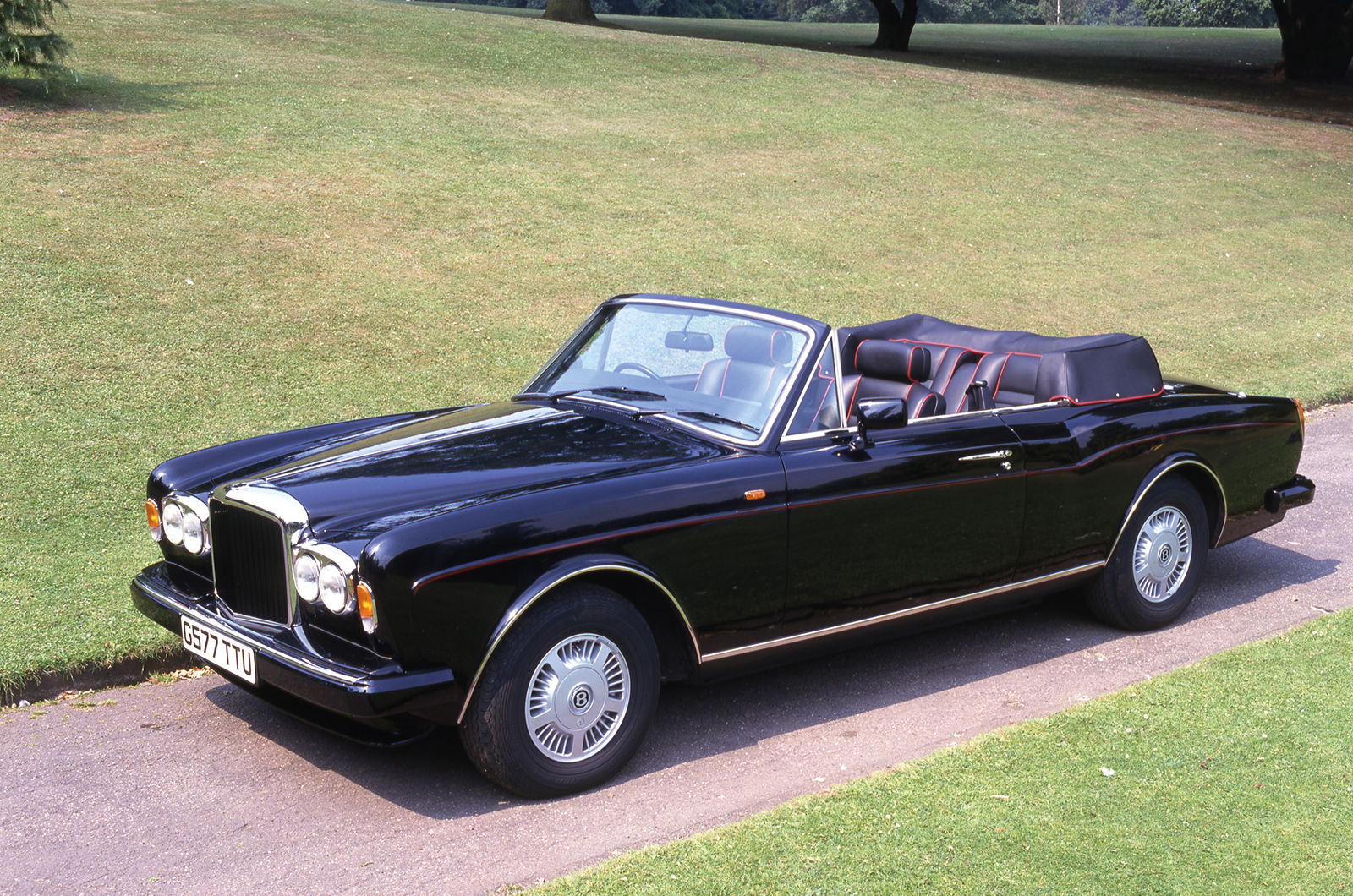
(l-r) Corniche was near-identical to earlier Shadow two-door; Bentley became Continental from ’85, to differentiate it

